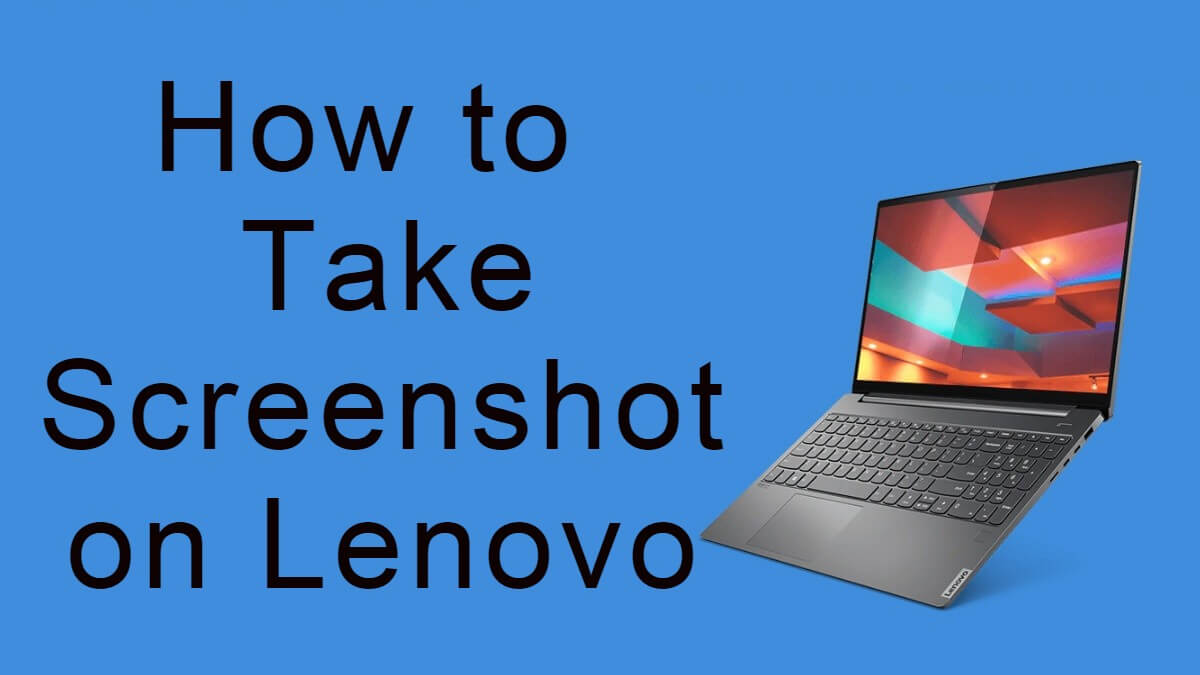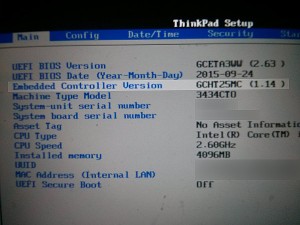
Both are quad-core parts, and both offer integrated Intel Iris Xe graphics.

There are two processor choices, the 11th-generation Intel Core i5-1135G7 found in the review unit or the slightly more capable Core i7-1165G7. Lenovo offers Intel and AMD versions of the ThinkBook 15 Gen 2, but I am reviewing an Intel-based version of the product, so I’ll focus on that. But again, a 16:10 panel would fit in that space without any issues. Lenovo claims it has an 88 percent screen-to-body ratio, which is pretty good. The display lid is impossible to open with one hand, let alone one finger, thanks to the weight of the machine, but it does at least have thin bezels, especially on the left and right sides. I find it bright enough for indoor work, where this PC belongs, but it would get washed out if you tried to use it outdoors. The review unit doesn’t support multitouch, but it’s not clear which of the panels I’m using. And that is a problem: For the first time in memory, I found myself noticing jaggy text and graphics, and it’s very clear that customers would be better served with a higher-resolution display, preferably one with a 16:10 panel.Ĭuriously, there are four display choices within those confines: A 220-nit LCD with no multitouch, a 250-nit IPS panel with no multitouch, a 300-nit IPS panel with 100 percent sRGB gamut coverage and no multitouch, and a 300-nit multitouch IPS panel. The ThinkBook 15 Gen 2 can be had with any 15-inch display panel as long as it’s Full HD (1920 x 1080) with a too-wide 16:9 aspect ratio. I’m also a fan of the Lenovo branding, as seen on the outside of the display lid and the right side of the keyboard deck.


It’s made of aluminum, mostly, with ABS plastic molding used for the bottom cover. But it does cut a handsome figure with its two-tone Mineral Gray laptop lid, and I feel like Lenovo has done a nice job of differentiating the ThinkBook lineup from its more premium ThinkPad- and Yoga-branded siblings, both visually and from a price-point perspective.


 0 kommentar(er)
0 kommentar(er)
